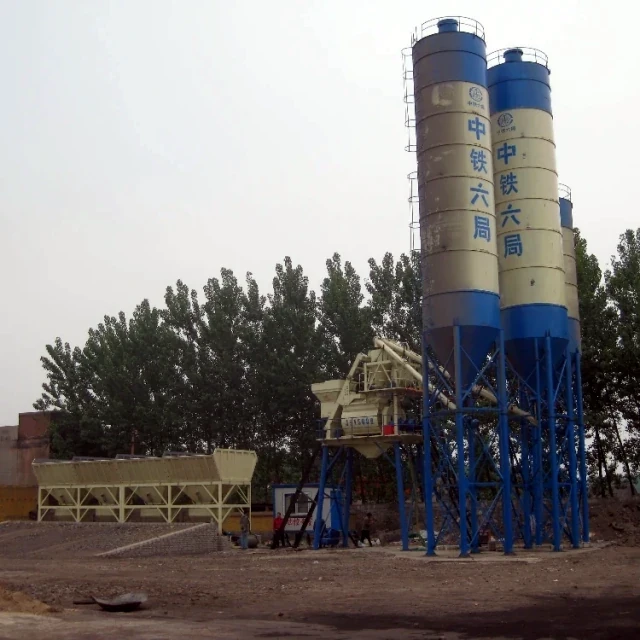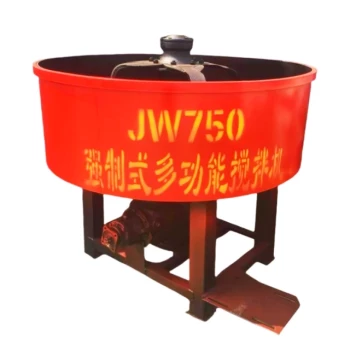Introduction
Cement tanks require specialized cleaning approaches to prevent surface degradation and structural damage. This guide combines industry-approved methods with sustainable practices, helping you maintain water storage tanks, septic systems, or industrial containment vessels effectively. Discover why 72% of tank failures originate from improper cleaning (World Concrete Association) and how to avoid common pitfalls.
Cement Tank Maintenance Fundamentals
Risks of Improper Cleaning Methods
Aggressive techniques like metal scrapers or high-pressure jets create micro-fractures that accelerate corrosion. Three critical vulnerabilities emerge:
- Surface Spalling: Pitting caused by steel tools exposes rebar to moisture
- Chemical Erosion: Harsh acids dissolve cement binders over time
- Structural Stress: Point-impact tools (e.g., sledgehammers) create hairline cracks
Ever noticed white crusting around tank edges? That’s efflorescence—a warning sign of moisture penetration from damaged surfaces.
Approved Tools and Safe Chiseling Protocols
Tool Selection Hierarchy
| Tool Type | Best For | Pressure Limit |
|---|---|---|
| Polyurethane scrapers | Algae/biofilm | 15 PSI |
| Fiber-reinforced brushes | Mineral deposits | N/A |
| Rubber mallets | Stubborn debris | 5 lb strike force |
Chiseling Protocol:
- Mark removal areas with chalk to avoid overworking surfaces
- Hold tools at ≤30° angle to prevent gouging
- Use Garlway’s vibration-dampened chisels for controlled material removal
Creating a Sustainable Cleaning Routine
Frequency Guidelines and Damage Indicators
Inspection Checklist
- Monthly: Check for new cracks >1mm wide
- Quarterly: Test surface hardness with Mohs pick set
- Annually: Professional structural assessment
Did you know? Tanks in hard water areas need 2X more frequent cleaning due to accelerated mineral buildup.
Eco-Friendly Cleaning Solutions Integration
Biodegradable Alternatives
- Citric acid (5% solution) dissolves calcium without etching
- Cellulose fiber pads lift stains mechanically
- Enzymatic cleaners break down organic matter in 48 hours
Pro Tip: Combine Garlway’s low-RPM scrubbers with these solutions for zero-chemical cleaning.
Industry Insights and Lessons Learned
Case Studies of Hammer-Induced Tank Failures
2018 Tokyo Water Plant Incident:
- Cause: Workers used 10lb hammers to remove 15-year-old scale
- Result: 3000-gallon tank collapsed after 6 months due to undetected stress fractures
- Solution Cost: 4X higher than preventive cleaning would have required
Comparative Analysis of Manual vs. Mechanical Tools
Efficiency Metrics
| Method | Surface Preservation | Labor Hours | Long-Term Risk |
|---|---|---|---|
| Hand scraping | Excellent | High | Low |
| Pneumatic tools | Moderate | Medium | Medium |
| Garlway’s rotary scrubbers | Excellent | Low | Very Low |
Key Finding: Semi-automated tools reduce human error while maintaining surface integrity.
Conclusion & Actionable Steps
- Immediate Action: Replace metal tools with fiber-reinforced alternatives
- Schedule Smart: Align cleaning frequency with water hardness levels
- Invest Wisely: Consider Garlway’s purpose-built tank maintenance equipment for large-scale operations
Final Thought: Proper cleaning isn’t just about appearance—it’s about preserving structures that safeguard public health and industrial processes.
Related Products
- HZS35 Small Cement Concrete Mixing Batch Plant
- JW1000 Mobile Cement Mixer Concrete Mixer Truck and Batching Plant
- Hydraulic Concrete Mixer Machine Cement Mixing Equipment for Mixture Concrete
- HZS75 Concrete Batching Plant Cement Mixer Price Concrete Mixer Bunnings Mixing Plant
- HZS120 Ready Mix Concrete Batching Plant Commercial Mud Cement Mixer
Related Articles
- How Commercial Concrete Mixing Plants Cut Costs and Boost Project Flexibility
- How Concrete Mixers Boost Profitability, Quality, and Sustainability in Construction
- How to Choose Between Concrete and Stabilized Soil Mixing Plants for Optimal Project Performance
- Optimizing Infrastructure Efficiency: How to Choose Between Concrete and Stabilized Soil Mixing Plants
- How to Optimize Small Cement Mixer Positioning for Maximum Job Site Efficiency















